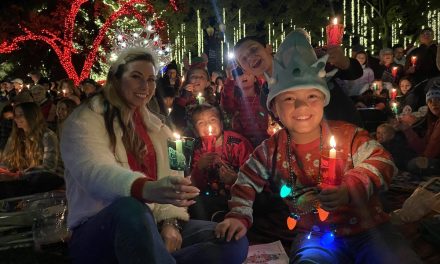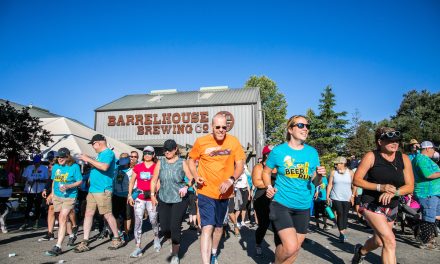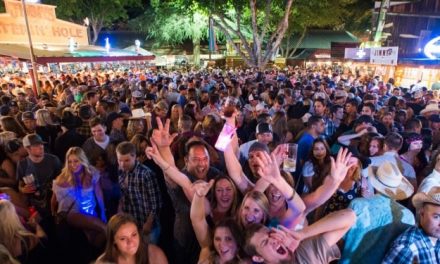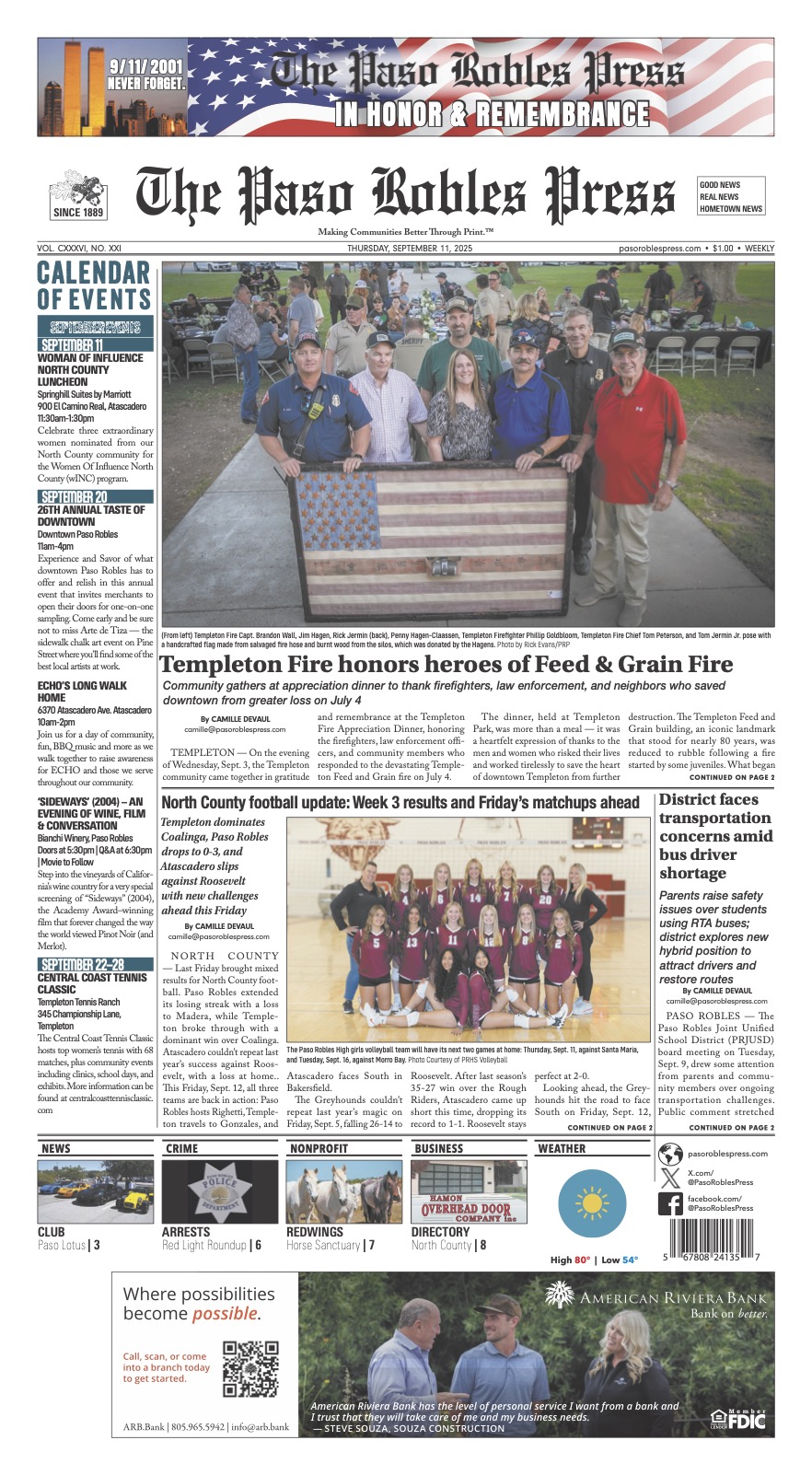A Look Back at the Fairs of Yesteryear
A grassroots effort
It was 1941 when the San Luis Obispo County Fair Association was formed. Paso Robles pioneers Rega D. Freeman and his wife Dovie Freeman, who founded the Estrella Grange and later funded the El Paso de Robles Grange. When the Freemans sought approval in Sacramento to begin the first fair, it was the Freemans who also supplied the seed money to kickstart it.
Paso Robles city officials got tactical approval from the State Department of Agriculture to stage what was originally named the San Luis Obispo County Fair in 1942. Because of the demands of World War II, the opening was delayed several years.
The fair debuted on September 13, 1946, under the direction of George Stephan. Fair board members included Herbert C. Sutton, Ed R. Biaggini, Dovie Freeman, Pauline Dodd, Rubie Alberti, John Ruskovitch, Otto M. Kuehl, and James M. Douglas. Larry Lewin served as office manager.
“The fair was in two large tents and located across the street in what is now the parking lot,” said CMSF marketing spokesman Tom Keffury. “Admission for the three-day event was $3.60 for Western the Cavalcade of Hollywood, concerts, riders and ropers – free entertainment to the public that cost the fair $3,000.

“Twenty-thousand visitors entered the fair under the banner that displaying the motto, “The Unwritten Law – Supply & Demand, and listened to Cal Poly University president, Julian McPhee, give a welcome speech,” Keffury said. “Each day had a theme – the first day was Youth Day, the second day was Farmers Day, and the third was County Day.”
The Grange, 4-H Club and Future Farmers of America chapter membership throughout the county supplied plenty of young members who entered their livestock in the fair. In 1952, a champion 4-H steer sold by JoAnn Arnold from Pozo 4-H Club sold for just 95 cents a pound.
The growth of entertainment
By 1969, fair manager Maynard Potter brought live music entertainment act to the Fair. The first major performer was Buck Owens, known for his trademark “Bakersfield Sound.”
The winner of the first pageant contest was Paulette Paylour, who was named the 1969 Maid of San Luis Obispo County. From 1981 to 1994, the pageant became known as the Miss California Mid-State Fair. For two of those years, the contest was a preliminary event for the Miss USA Pageant.
In 1981, the San Luis Obispo County Fair was renamed as the SLO County Mid-State Fair and then the California Mid-State Fair in 1986. By the end of the decade, the population in Paso Robles more than doubled to 18,600 people and annual attendance began to increase dramatically.
Ironically, in 1989, Buck Owens’ popularity and that of Johnny Cash and June Carter Cash had cooled in recent years, and that year, all three artists agreed to performing on the free stages. Meanwhile, Randy Travis, whose career was peaking, headlined the Grandstand Stage and two-time Grammy winner, K.T. Oslin, was the opening act.
In 2006, a record 361,662 admissions were counted. That same year, the fairgrounds was renamed the Paso Robles Event Center. Also popular at California Mid-State Fair are Grandstand Arena concerts by some of the top names in entertainment. In 2017, more than 428,000 attended the fair and more than 91,000 tickets were sold for concerts featuring Garth Brooks, John Mayer, Keith Urban, Zac Brown Band and others.
From livestock exhibits. horse competitions, and concerts, to carnival rides and deep-fried Mac & Cheese, the California Mid-State Fair is committed to delight, inspire, thrill audiences at “America’s Favorite Fair.”
Remembering ‘The Biggest Little Fair Anywhere’
We asked Roblans to share their fond recollections of attending California Mid-State Fair:
“When I was 10 or so (1968) the Fair was three days long. There was only one gate that had one ticket booth and two turnstiles. My dad would drop me off at 9am with money for admission. I made friends with people that had horses and helped them around their stables for carnival money and worked at a friend’s food booth for lunch.“
Lori Osman Morgan
“When I was growing up, my dad, Larry Wood, was a Paso Robles Fire Department volunteer. They used to let them drive through the back gate and park by the barns in case there was a fire. He would pick up my sisters and I at lunch time and we’d ride in with him. Then he’d go back to work and we’d enjoy the afternoon.”
Kathy Blackburn
“There used to be The Dunk Tank next to Waterin’ Trough. Our 4-H Club worked it. So much fun.”
Wendy Rovenstine
“The 4-H clubs took turns running the concession near the barns. I worked there many times as a member of Santa Lucia 4-H. My mom set up an account at The Last Chance Cafe every year, so that we kids could have at least one good meal a day. There used to be horse races; we’d walk our cattle around that track in the mornings for exercise.“
Nancy Sullivan Hoagland
“I used to love the marionettes every year in the 50s and 60s and remember taking my older kids to see them. They used to have a small circus, too.” –
Patricia Bermingham














